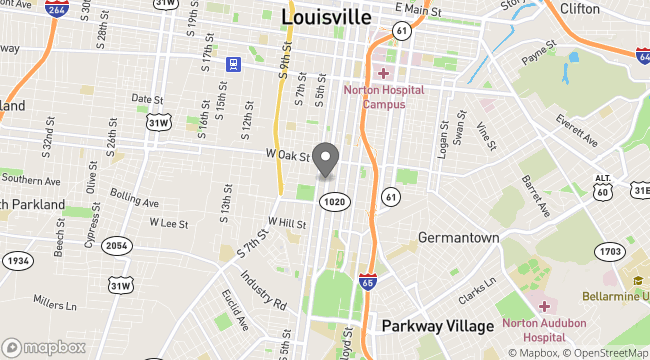Exploring Kentucky's Prehistoric Past
-
Wed, Nov 30, 2016 6:00 PM - 7:30 PM
-
The Filson Historical Society
1310 South 3rd Street, Louisville, KY
Description
This event is free and open to the public, but reservations are encouraged to ensure seating.
Dr. John R. Hale is an archaeologist at the University of Louisville, with degrees in archaeology from Yale University and Cambridge University in England. He has conducted excavations at prehistoric sites in the Ohio River Valley, including Louisville. A diver, Hale has also pursued underwater excavations at shipwreck sites in the Mediterranean and a sunken Maya city in Lake Atitlan, Guatemala. His book Lords of the Sea recounts the epic story of the ancient Athenian navy and the birth of democracy.
Venue Details
The Filson Historical Society
1310 South 3rd Street, Louisville, Kentucky, 40208, United States


